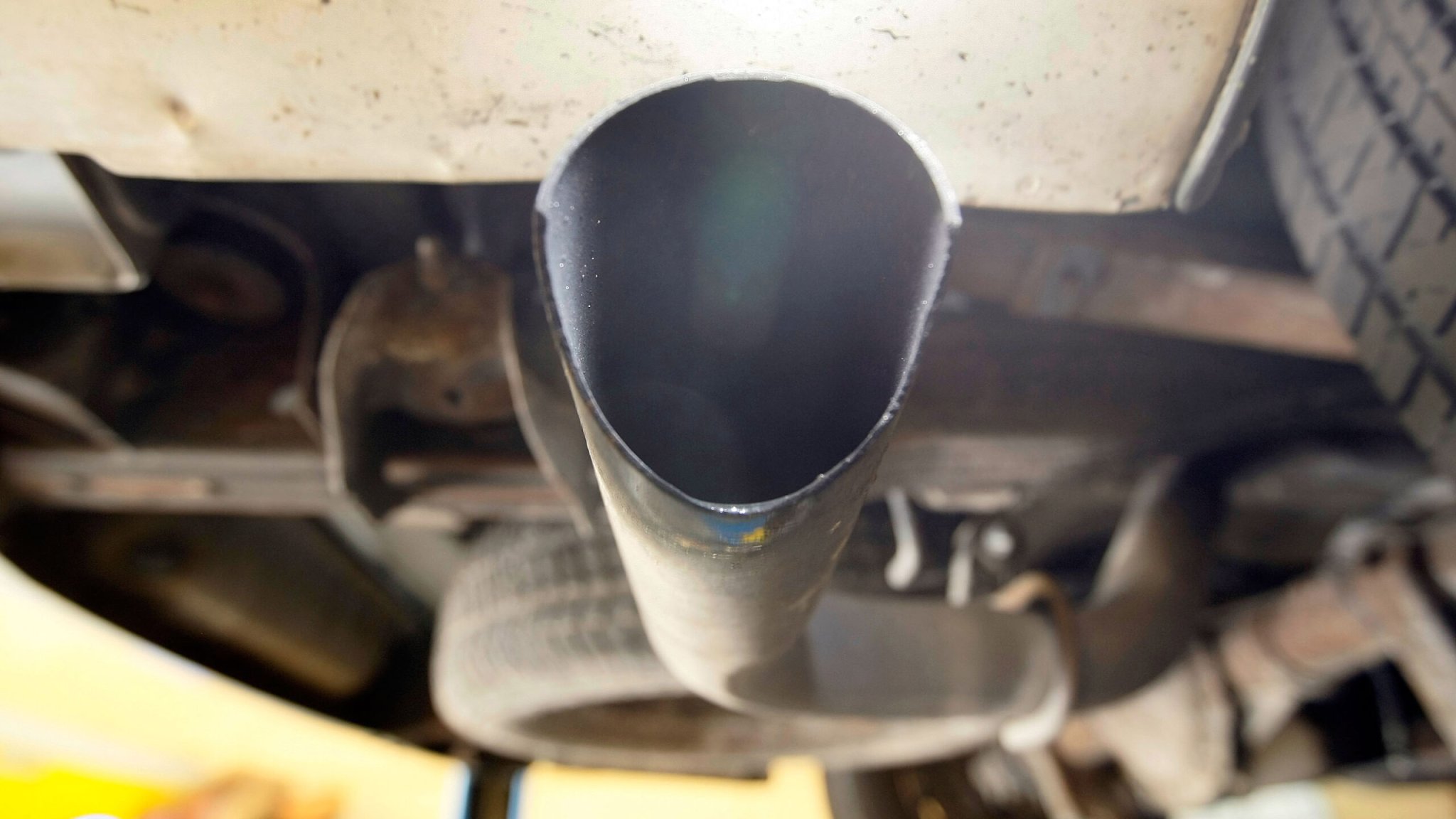

The U.S. Environmental Protection Agency proposed Wednesday perhaps its most sweeping changes to vehicle emissions controls in its history, a far-reaching measure that could effectively mandate a tenfold increase in EV sales by the middle of the next decade. Under the proposed plan, electric-car sales would comprise more than two-thirds of overall light-duty new car sales and nearly half of all medium-duty car sales by 2032. The plan would also ratchet up emissions targets for internal combustion-powered vehicles by roughly 13% every year from 2027 to 2032, compared to 5-10% increases proposed for 2023-2026 model-year cars. The EPA’s proposal will likely face a mountain of legal challenges before it’s adopted. Still, regulators said they would build in language that would make the standards tougher to repeal for subsequent administrations.
“By proposing the most ambitious pollution standards ever for cars and trucks, we are delivering on the Biden-Harris administration’s promise to protect people and the planet, securing critical reductions in dangerous air and climate pollution and ensuring significant economic benefits like lower fuel and maintenance costs for families,” EPA Administrator Michael Regan said in a statement.

The EPA said its proposal could save the average new-car buyer $12,000 over the lifetime of the vehicle, compared to an ICE engine. The proposal for light- and medium-duty vehicles was accompanied by a proposal for heavy-duty fleets to electrify 25% of their trucks and half of all new buses to be electric by 2032. This week the EPA also proposed recalculating how efficiency is measured among electrified vehicles to represent the impact of those cars more accurately in Corporate Average Fuel Economy figures. Combined, the total impact of the EPA’s suggested regulations could vastly reduce the amount of greenhouse gas emissions produced on America’s roadways. However, the ambitious targets exceed President Joe Biden’s initial target of 50% EV sales by the decade’s end.
The Alliance for Automotive Innovation, which represents most major automakers in America, CEO John Bozzella called the proposal “aggressive by any measure. By that I mean it sets automotive electrification goals in the next few years that are … very high,” he wrote, according to Automotive News.
Automakers and unions are likely to push back against the regulations, which they’ve said could cost jobs and further hike the prices of new cars. Last year, EV sales accounted for less than 6% of overall vehicle sales and 2% of heavy-truck sales. In addition to building battery facilities in the U.S. that won’t come online for several years, automakers have warned that existing and planned charging infrastructure may not handle such a dramatic increase in EVs, and critical mineral supplies wouldn’t be enough. The Biden administration has offered trillions in spending to accelerate both while pushing forward with ambitious targets. The EPA doesn’t have the mandate to quantify overall vehicle sales but instead can set targets to force automakers to otherwise comply with those stringent rules.
Going forward, the plan will be open to public comment and face scrutiny from legislators and others, likely including legal challenges.
Got a tip? Send it in to tips@thedrive.com
lmdv-multi-pollutant-emissions-my-2027-nprm-2023-04